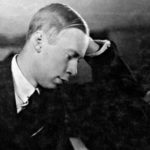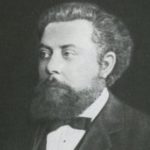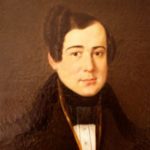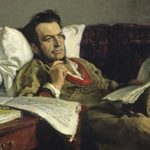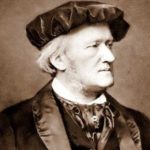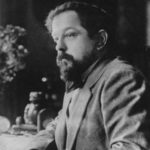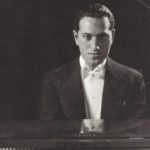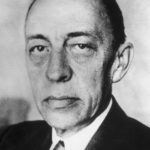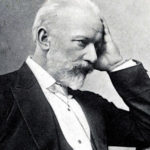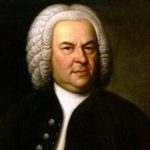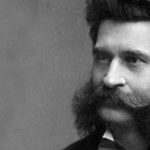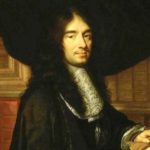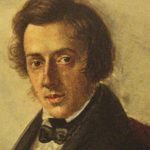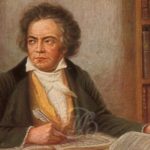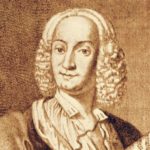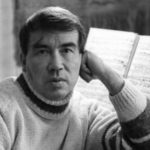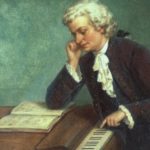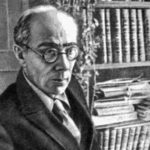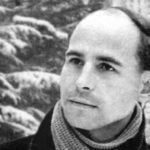Interesting facts about Nikolai Rimsky-Korsakov
 One of the most talented Russian composers, Rimsky-Korsakov drew inspiration not from the subtleties of musical science, but from the Russian land. All his music is imbued with love for his native land, and that is why he is called the “folk” composer. He drew strength for the writing of the next masterpiece in Russian fairy tales, traditional melodies and folk art.
One of the most talented Russian composers, Rimsky-Korsakov drew inspiration not from the subtleties of musical science, but from the Russian land. All his music is imbued with love for his native land, and that is why he is called the “folk” composer. He drew strength for the writing of the next masterpiece in Russian fairy tales, traditional melodies and folk art.
The father and brother of the future composer served in the navy, and according to family tradition he was also trained for this service.
Ability to music manifested at Rimsky-Korsakov very early – at the age of three years, he fell into the notes, playing the drum.
In his childhood, Rimsky-Korsakov hated music lessons, dreaming of a maritime service.
He graduated from the Naval School, but during his stay in St. Petersburg, he became acquainted with art and finally became interested in music.
During his service in the navy, Rimsky-Korsakov spent three years in voyages, visiting many countries.
The Conservatory of St. Petersburg invited him to the post of music teacher, although he did not even have a musical education.
Rimsky-Korsakov had seven children.
The favorite theme of the composer were fairy tales. Fame brought him “The Tale of Tsar Saltan”, “The Golden Cockerel” and “Kashchei the Immortal.”
Music Rimsky-Korsakov correlated with colors. For example, in E major, in which all his “sea” works are written, he “saw” in blue.
When the opera “Golden Cockerel” was banned due to the fact that it was mocked by the image of the king, the composer suffered a heart attack.
After the revolution, the apartment of Rimsky-Korsakov was made communal, ten families settled in it.
The modern St. Petersburg Conservatory is named after Rimsky-Korsakov.
